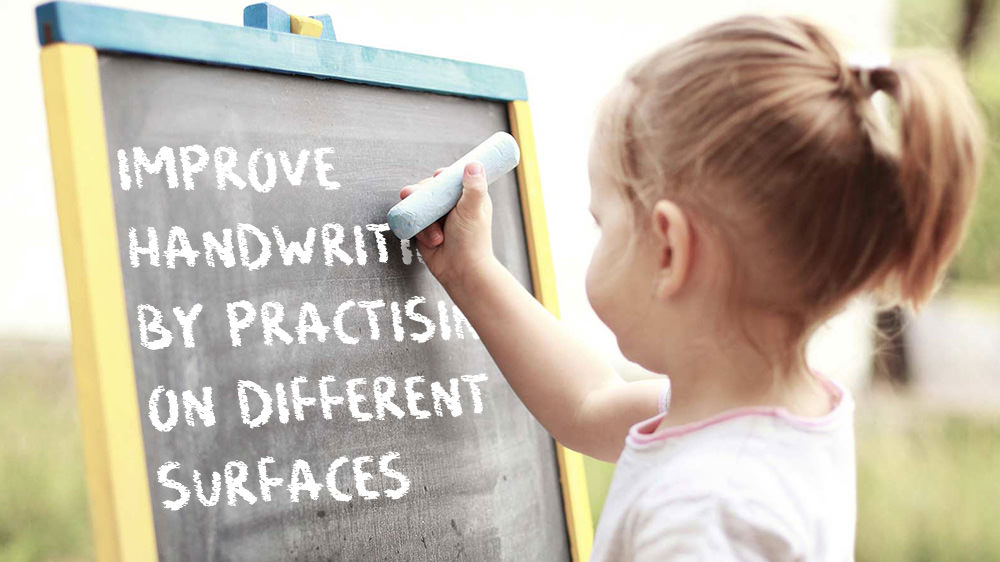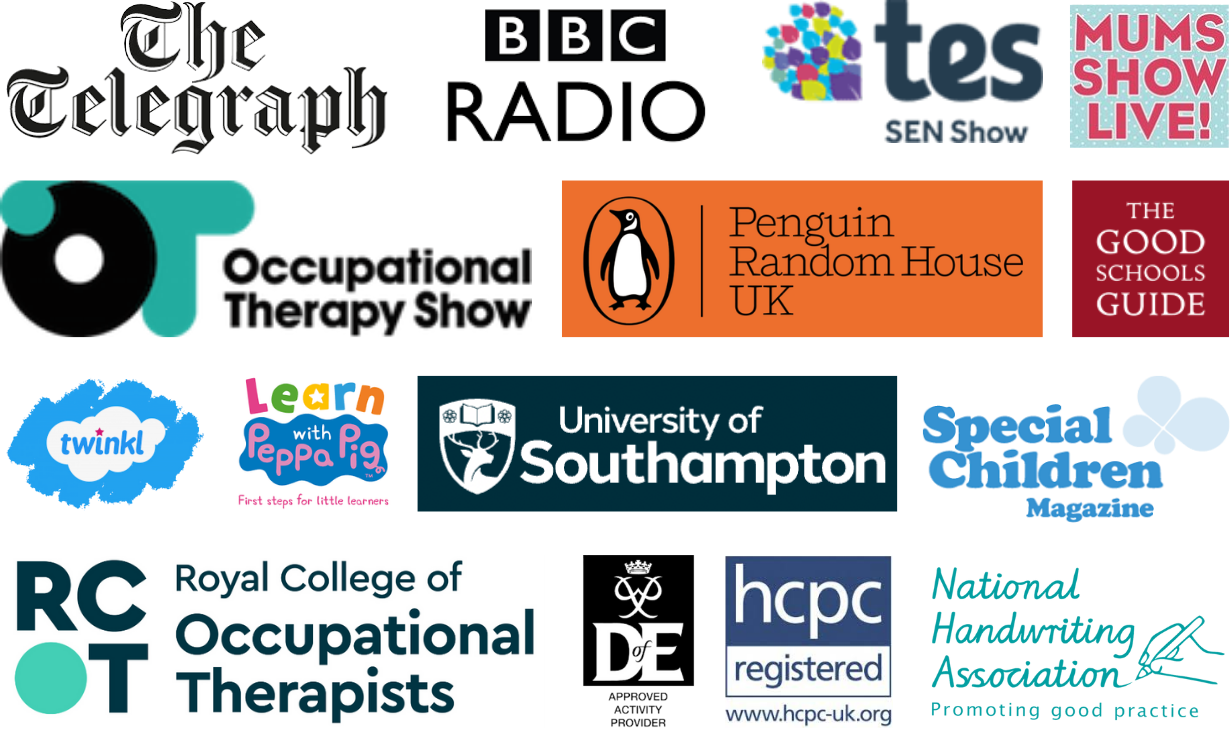How to improve handwriting in different ways
Aside from paper and pencil, there are a variety of writing surfaces you can introduce your child to. All will help improve handwriting quality.
From an early age your child will learn the fundamentals that are needed to start developing their handwriting skills. This is the start of an exciting journey for both you and your child. It will give them the ability to express themselves and be creative. As well as introduce them to the world of learning.
As handwriting is such an important skill. It’s likely you’ll want to do everything you can to further help your child develop these abilities. Especially as they continue to grow and move into more formal education; there are numerous ways that you can help them to achieve this. One approach is to encourage your child to write on a variety of surfaces, which is beneficial for a number of reasons.
Develop Muscle Memory For Better Handwriting
If your child is better able to ‘feel’ the patterns and shapes they are making, this will provide vital sensory input. Developing sensory skills can have a positive effect on the motor skills that are essential to improving handwriting.
Why does writing on different surfaces help to develop handwriting skills? First, it helps in the development of muscle memory. What this means is your child will learn the patterns their hand makes when they are forming different letters. And eventually these will become second nature.
Also, if your child is better able to ‘feel’ the patterns and shapes they are making, this will provide vital sensory input. Developing sensory skills can have a positive effect on the motor skills that are essential to improving handwriting.
Writing on different surfaces can improve handwriting speed
If your child is going to be able to write at speed, they need to sharpen their senses so they can ‘feel’ the letters they are forming without the need to keep looking at them. Writing on a range of surfaces will enable your child to learn the letter formations at a faster rate.
Which writing surfaces should you use?
Aside from paper and pencil, there are a variety of writing surfaces you can introduce your child to; they can all help to improve handwriting and make the learning process more fun as well. Here are some different ideas to try:
Chalk on chalkboard – use chunky chalk where you can as this will help your child to develop and improve their grip.
Using fingers to trace letters – to further develop sensory skills, encourage your child to use their fingers to trace the letters they are writing. This will enable your child to familiarise themselves with the shapes that are needed to form each letter.
Bubble bath – bath time can also prove to be a great learning experience. For a fun learning opportunity with your child, use your fingers to draw letters through bubbles.
Writing in sand – forming letters in the sand at the beach or at a sand pit is another good way to develop handwriting.
As you can see, muscle memory and the enhancement of sensory skills are crucial to the development of handwriting. This can be achieved by creating fun activities for your child to take part in while you support them during this crucial phase.
Aside from paper and pencil, there are a variety of writing surfaces you can introduce your child to; they can all help to improve handwriting
chalk on chalkboards, tracing letters with their fingers , In the bubble bath writing words in bubbles s great fun. Writing in sand with fingers or sticks is also great for developing great handwriting.









